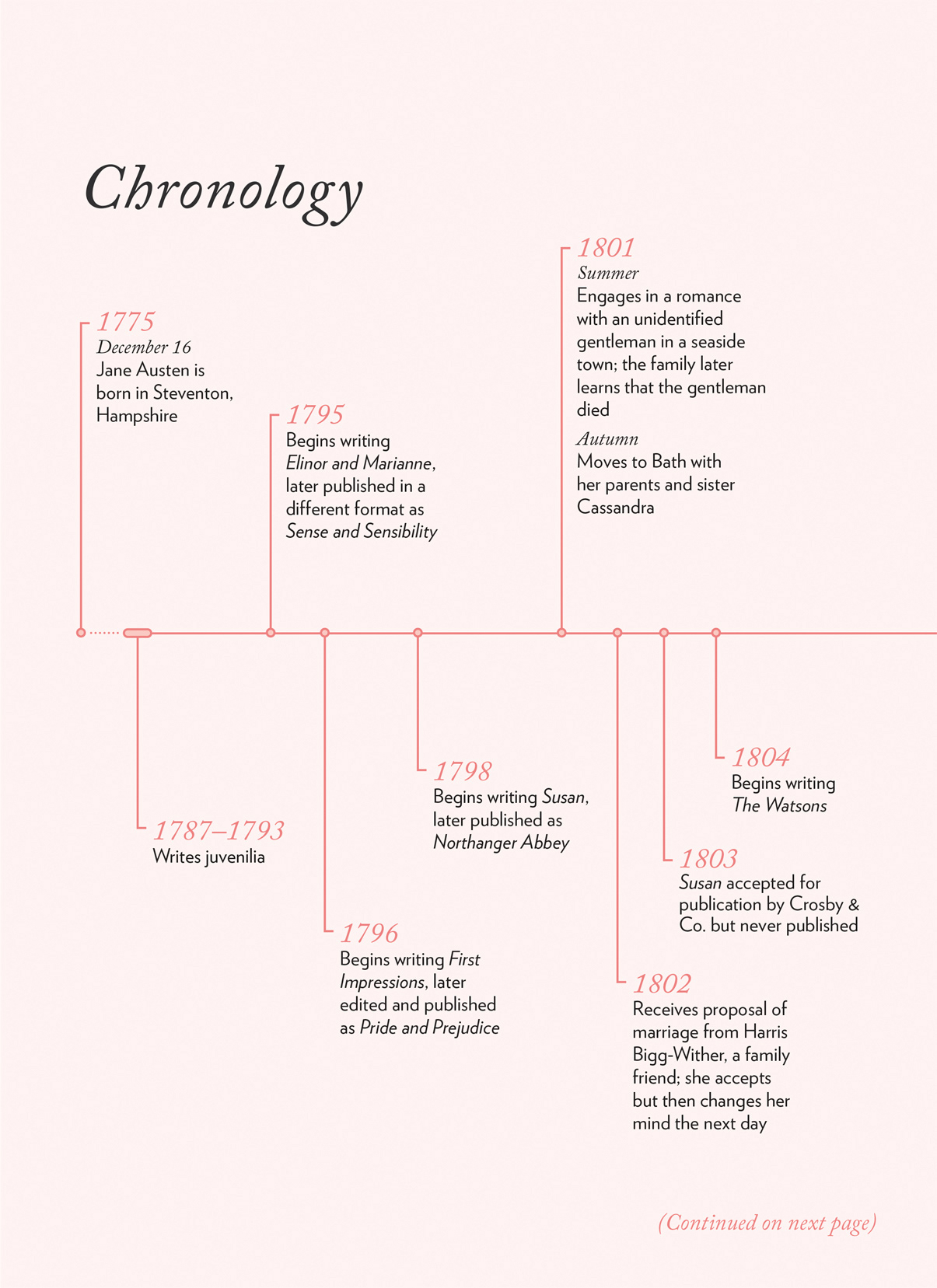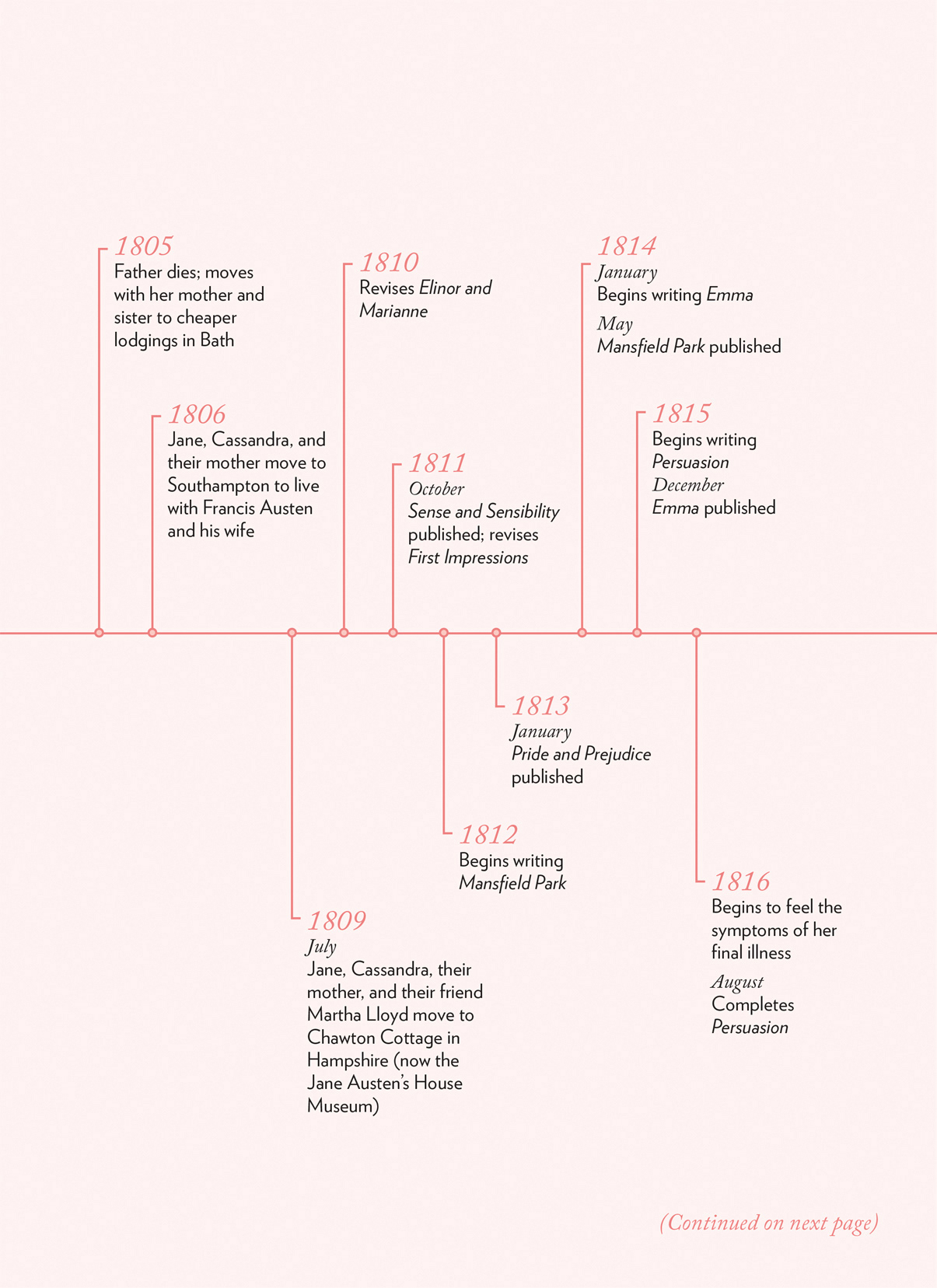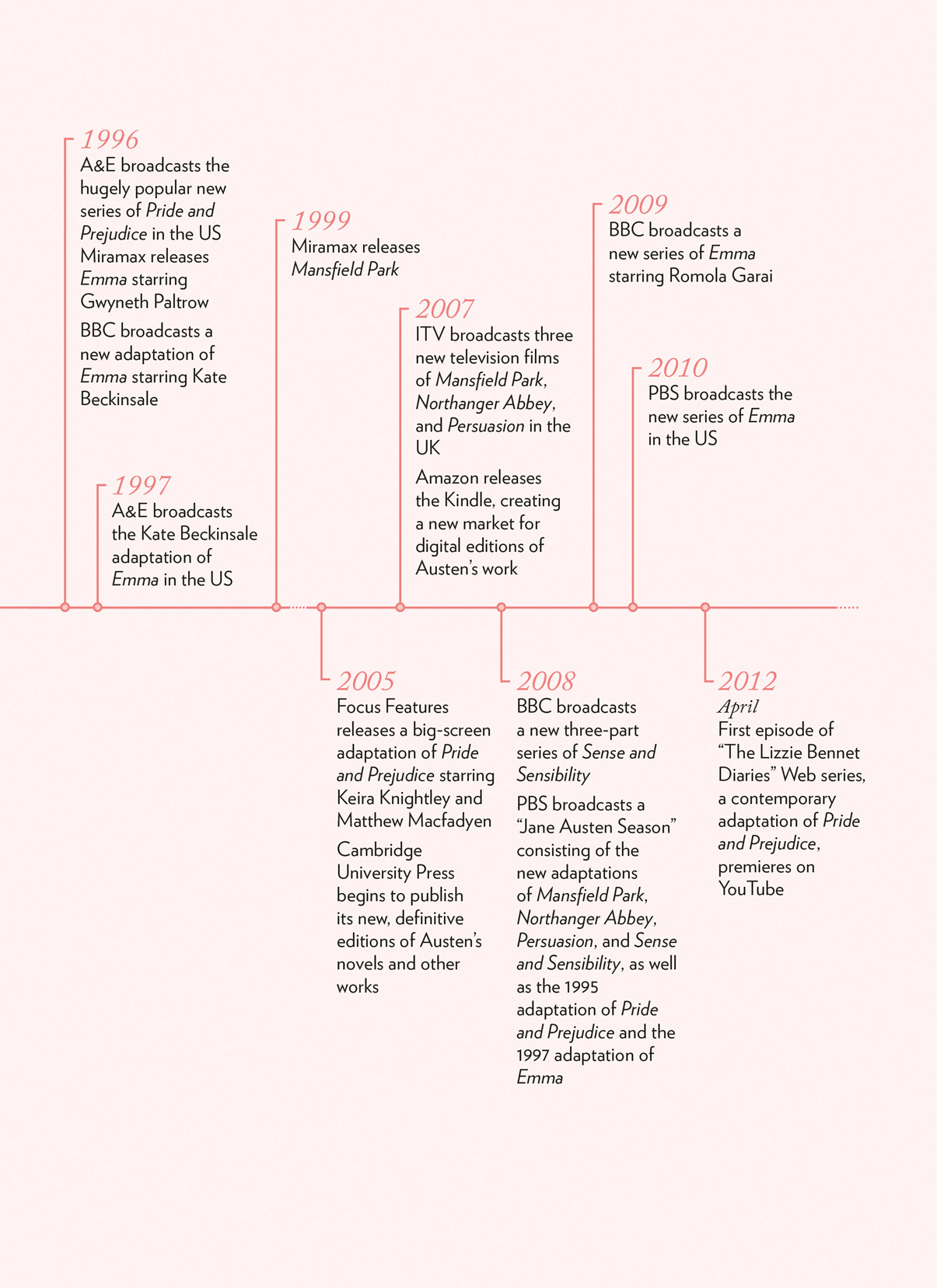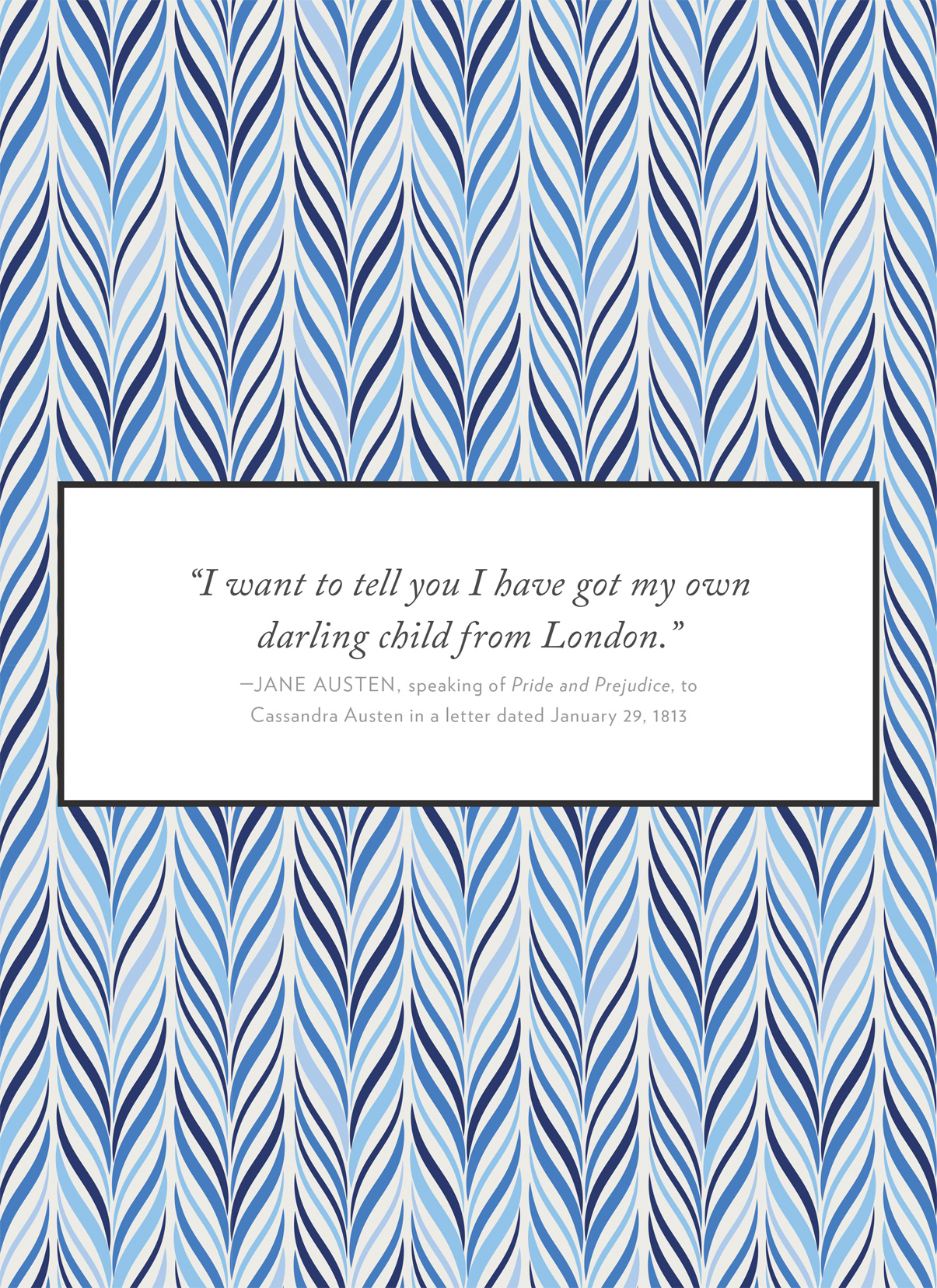Copyright 2014 by Quirk Productions, Inc.
All rights reserved. No part of this book may be reproduced in any form without written permission from the publisher.
Covers are reproduced for historical purposes only. The publisher has made every effort to note the art and design credits of each image and to acknowledge all copyright holders. If omissions are brought to our notice, we will include appropriate credit in all subsequent editions.
All the images are courtesy the individual owners and the author except the following: Manuscript, Archives, and Rare Book Library, Emory University ().
The summaries are adapted from The Jane Austen Handbook
by Margaret C. Sullivan (Quirk Books, 2007).
Library of Congress Cataloging in Publication Number: 2013957089
eBook ISBN: 978-1-59474-736-6
Hardcover ISBN: 978-1-59474-725-0
Editorial assistance by Blair Thornburgh
Hardcover Designed by Andie Reid
Cover illustration (background) by Heads of State; cover design by Andie Reid
Hardcover Production management by John J. McGurk
Quirk Books
215 Church Street
Philadelphia, PA 19106
quirkbooks.com
v3.1
For my brother Bill
Who took me to the library, and then to the playground

INTRODUCTION

First Impressions
Never judge a book by its cover. Its a saying so common that it has passed into clich, and when it comes to Jane Austen, one endeavors to avoid clich. Yet Austen initially referred to the book that would become her most famouswhat we know today as Pride and Prejudice by the title First Impressions. Many an Austen heroine must learn to read other people better, beyond first impressions, and to know herself as well. Elizabeth Bennet, the writers most beloved heroine, judged her relatives, her neighbors, and, certainly, Mr. Darcy, with his taciturn and unfriendly demeanor. So how can Janeites, trained in such a school, do any differently? If Austen teaches us anything, it is that first impressions are often false
Perhaps you first encountered Jane Austens work in a paperback edition, dog-eared from being jammed into a pocket or bag, striped with highlighting and crisscrossed with underlining and penciled marginalia. Or maybe you are a collector of fine editions, having invested in handsome matching hardbacks or weightier tomes bursting with scholarly commentary about the writer and the mores of Regency England. But it could be that youre still using those old paperbacks for your yearly reread, and theres not a thing wrong with that. No one shall judge your treasures.
The covers gathered in this volume represent two hundred years of publication, interpretation, marketing, and misapprehensions of Jane Austens works, but underneath the variety of images one thing remains the same: the text that left the pen of a woman in Hampshire, England, two centuries ago. Austens imagination and intellect transcended the fiction of her own time and created the cherished characters and timeless stories for which she is still celebrated today. No matter how beautiful, tacky, infuriating, beguiling, silly, or strange the packaging may be, the story inside never changes. And that, after all, is the most important thing.
But that doesnt mean that we, like Elizabeth Bennet, cannot be diverted by follies and nonsense, whims and inconsistencies; or fail to appreciate, like Marianne Dashwood, the natural beauty of a precious object; or, like Catherine Morland, simply enjoy a ripping good tale. For readers aplenty, there are no stories better than these. Follow along on a journey across the years, from the early 1800s to today, and from handset typography to digital technology, as each generation of Jane Austen fans interprets and experiences her works anew. 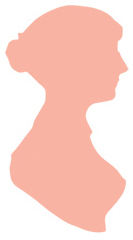

CHAPTER ONE

Her Own Darling Children
18111818
In November 1797 Jane Austens father, the Reverend George Austen, wrote a letter to the London publisher Thomas Cadell offering him a manuscript novel, comprising 3 vols. and inquiring about the cost of publishing the book at the authors risk. That manuscript was a novel by his younger daughter Jane that she called First Impressions . Despite Mr. Austens hint that he would be willing to cover all related expenses, Cadell rejected the manuscript. Readers today know that passed-over best-selling novel as Pride and Prejudice , and we are grateful for its existence.
In Austens time, several publishing models were available to authors. The one that she used most often was publishing on commission, which meant the publisher made all arrangements, paying production and advertising costs and taking a 10 percent commission on profits. This method could be lucrative but was more likely to be risky, for if the books did not sell, the author ended up owing money to the publisher.
The more prestigious (and common) publishing model was the outright sale of a books copyright to the publisher. Copyright in the early nineteenth century was granted for fourteen years, renewable for a total of twenty-eight years. Authors preferred this method because payment was guaranteed, and the publisher assumed all risk; if the book was popular, however, the author received nothing more than the initial payment. The only book for which Austen sold the copyright was Pride and Prejudice .
In Austens time the audience for novels was small, primarily the gentry and upper classes, most of whom borrowed novels rather than purchased them. The biggest customers were circulating libraries and book societies. Members of a circulating library paid a yearly fee (perhaps a guinea, or 21 shillings) for borrowing privileges; they generally could take out only a single volume, necessitating a trio of visits to read a novel, which usually appeared in three volumes. Some librariesusually those in large citiesoffered more expensive membership levels that allowed subscribers to borrow multiple volumes at a time. In the countryside, book societies took up the call. Members pooled their money to purchase books and then read them in turn. Jane and Cassandra Austen belonged to a book society in their village of Chawton, in Hampshire.



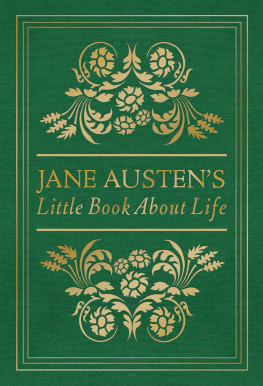
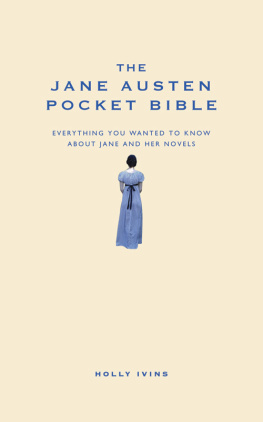


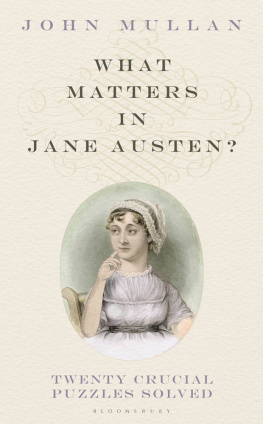
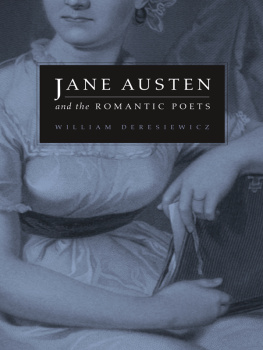
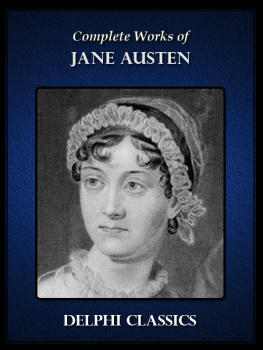
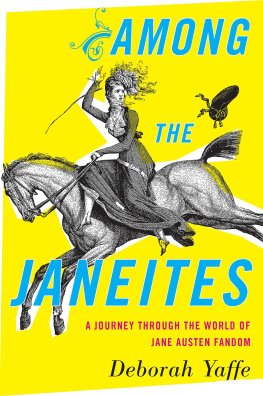
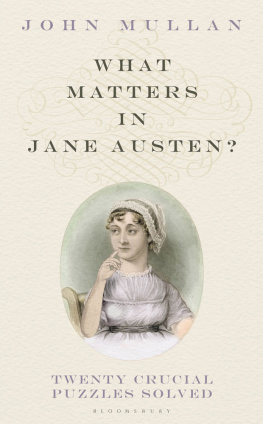
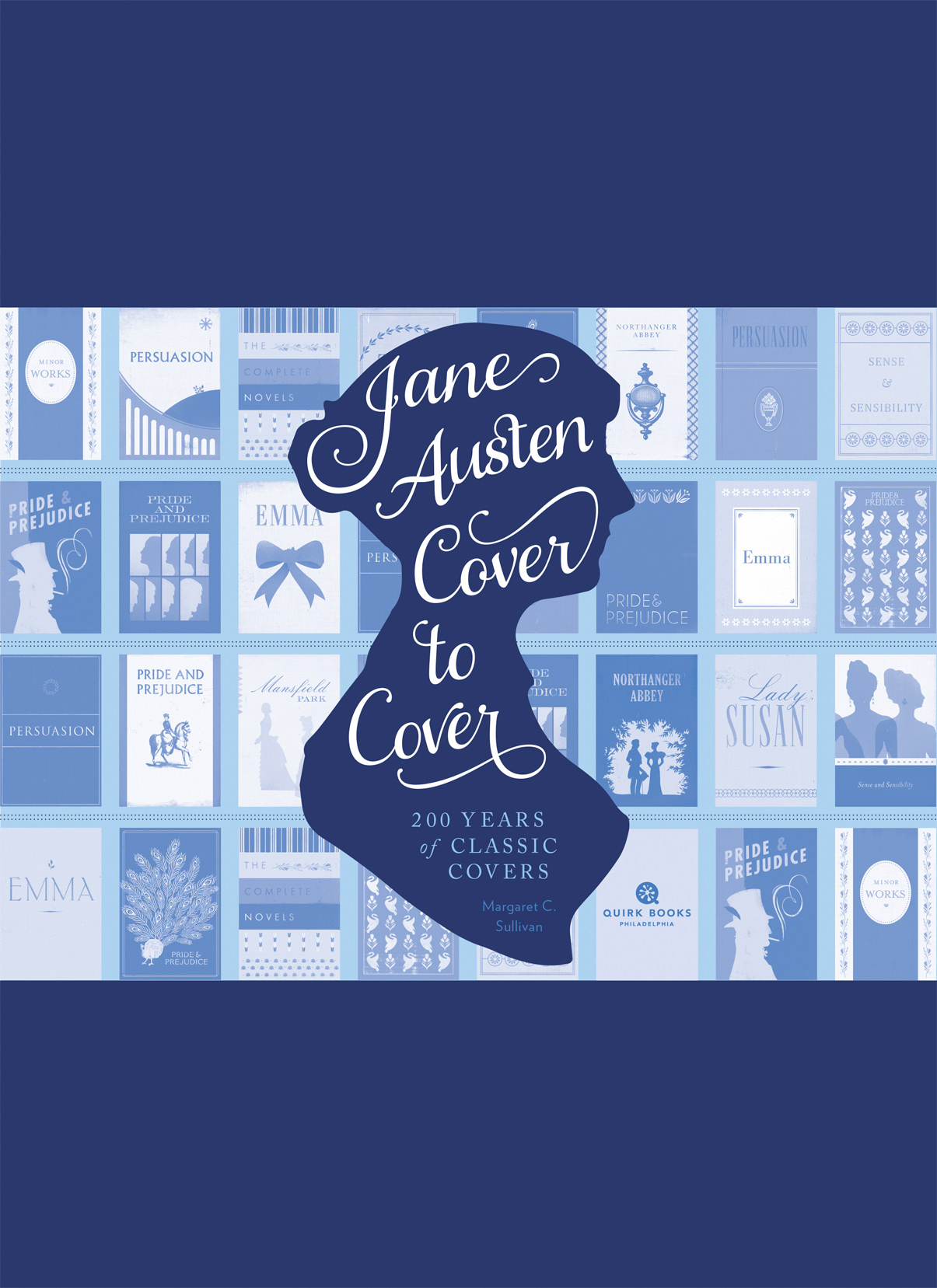


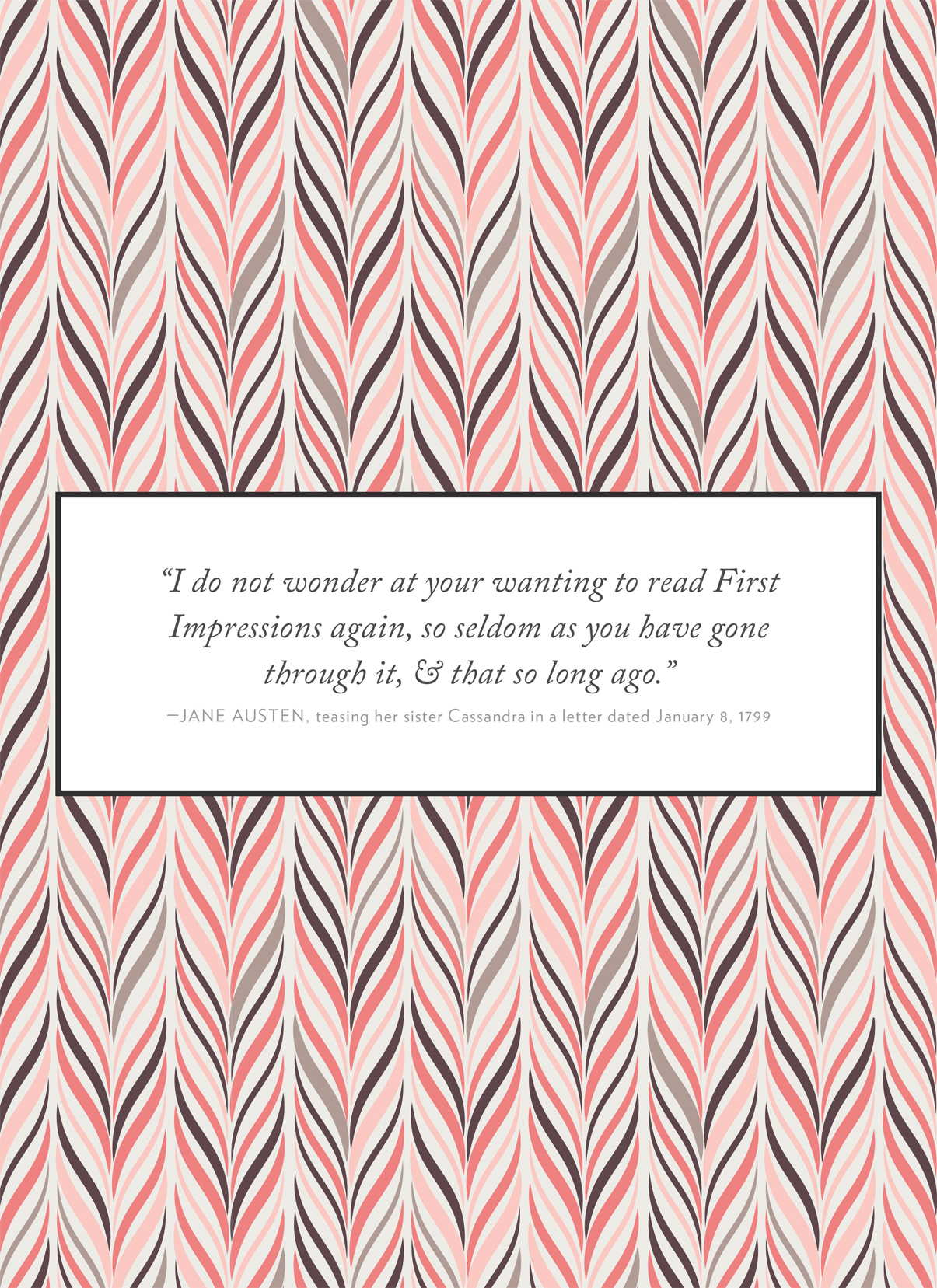
 INTRODUCTION
INTRODUCTION 

